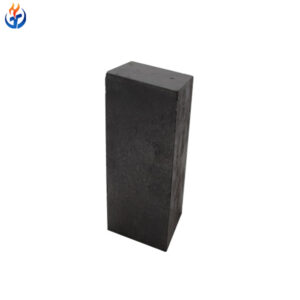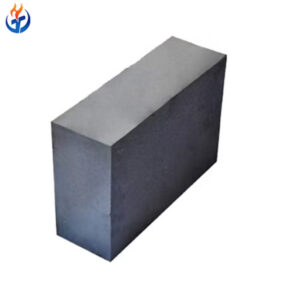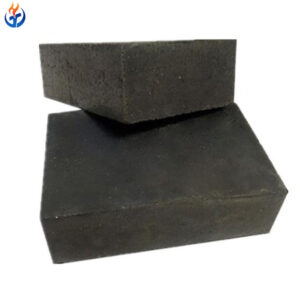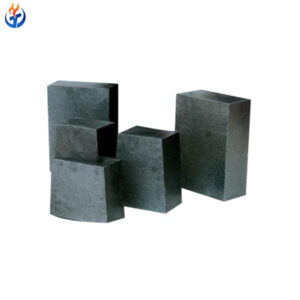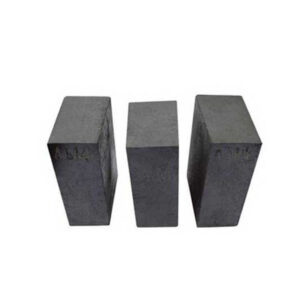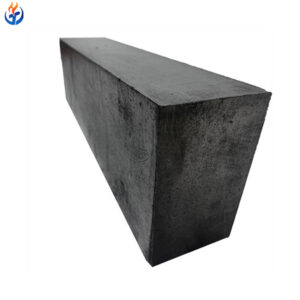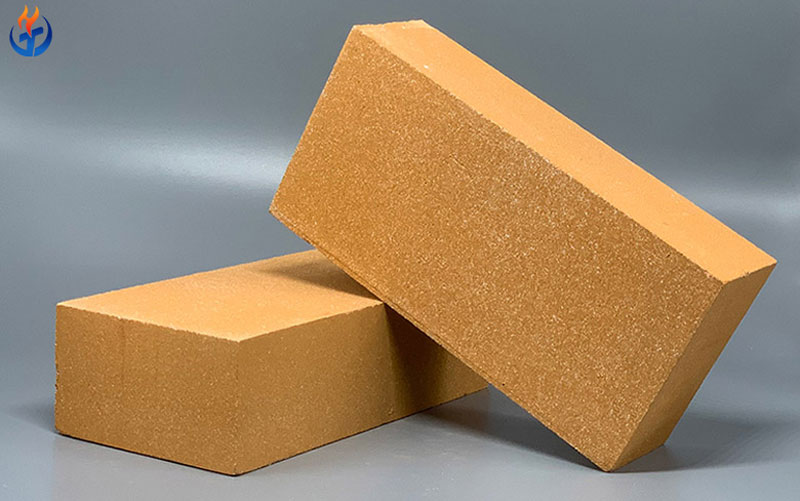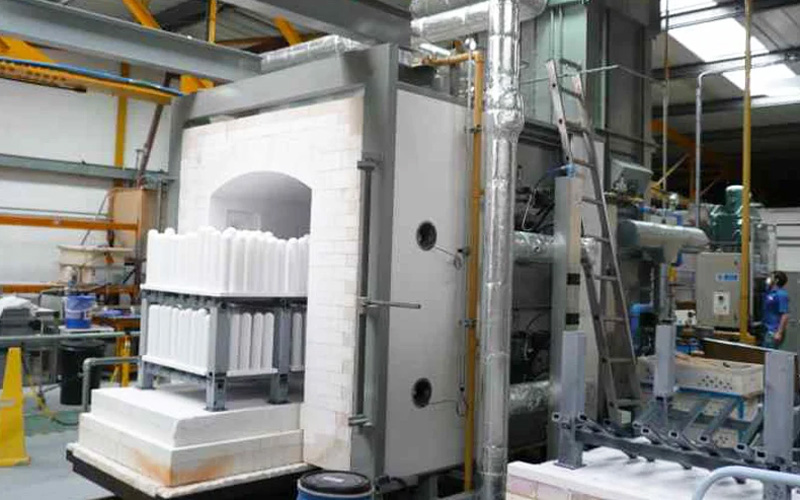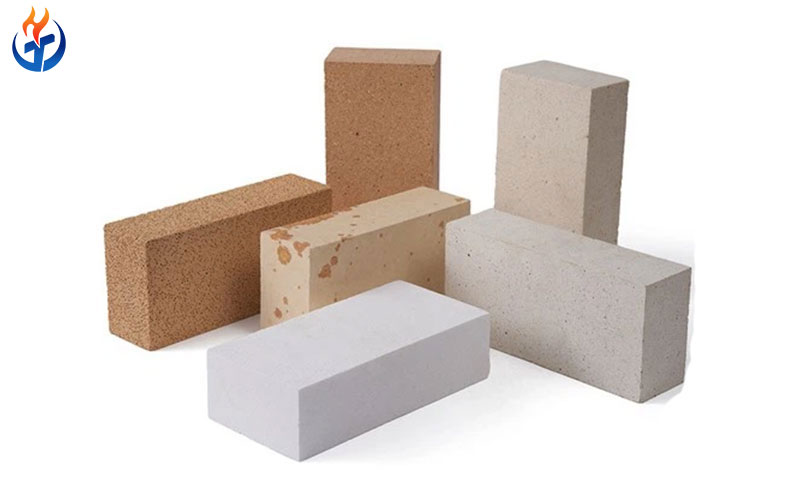In the field of high-temperature industries, refractory bricks are critical to ensuring the efficiency, durability, and safety of thermal equipment. Among the many types, basic refractory bricks stand out due to their resistance to basic slags, high melting points, and excellent performance in harsh environments. These bricks are primarily used in furnaces, kilns, and reactors where acidic conditions would cause rapid wear to other refractory types.
This article explores the classification of basic refractory bricks, their unique properties, and the industries where they are most commonly applied.
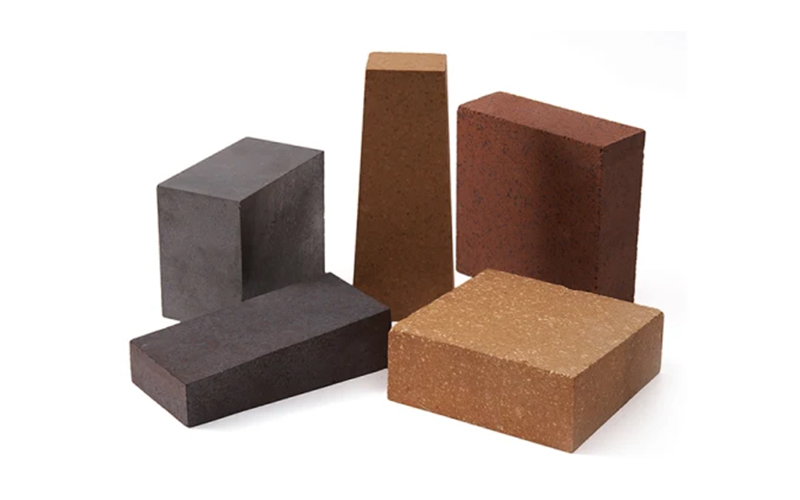
What Are Basic Refractory Bricks?
Refractory bricks are specialized materials designed to withstand extreme temperatures and harsh chemical conditions. They are broadly classified into three categories based on their chemical behavior:
Acidic refractory bricks – resist acidic slags and gases but are vulnerable to basic environments.
Neutral refractory bricks – can resist both acidic and basic conditions to some extent.
Basic refractory bricks – designed to resist basic slags and environments, making them essential for industries that deal with lime, magnesia, and other basic oxides.
Basic refractory bricks are composed mainly of magnesia (MgO), dolomite (CaO·MgO), and sometimes chrome oxide (Cr2O3). These components give the bricks their high resistance to basic slags, mechanical strength at high temperatures, and excellent thermal stability.
Classification of Basic Refractory Bricks
Basic refractory bricks are categorized based on their composition and performance characteristics. Below are the primary types:
2.1 Magnesia Bricks
Magnesia bricks, made from sintered or fused magnesia, are one of the most common types of basic refractory bricks.
Composition: At least 85% magnesium oxide.
Properties: High melting point (~2800°C), good thermal conductivity, and resistance to basic slags.
Applications:
Lining of rotary kilns in cement production.
Steelmaking furnaces such as electric arc furnaces and basic oxygen furnaces (BOF).
Non-ferrous metallurgical furnaces.
2.2 Magnesia-Chrome Bricks
These bricks combine magnesia and chrome ore to enhance their corrosion resistance.
Composition: Typically 60–80% MgO and 8–18% Cr2O3.
Properties: Excellent resistance to basic slags, thermal spalling, and high-temperature strength.
Applications:
Copper and nickel smelting furnaces.
Glass tank regenerators.
Cement rotary kilns operating at high temperatures.
2.3 Magnesia-Carbon Bricks
Magnesia-carbon bricks incorporate high-purity magnesia and graphite. The carbon improves thermal shock resistance and reduces slag penetration.
Properties:
Superior resistance to thermal shock and slag erosion.
High-temperature structural integrity.
Applications:
Ladles and converters in steelmaking.
Slag lines of electric arc furnaces (EAF).
2.4 Dolomite Bricks
Dolomite bricks are composed of calcium magnesium carbonate and are known for their compatibility with lime-rich slags.
Properties:
Excellent hydration resistance when properly treated.
High refractoriness under load (RUL).
Applications:
AOD (Argon Oxygen Decarburization) converters in stainless steel production.
Rotary kilns in the cement and lime industries.
2.5 Magnesia-Spinel Bricks
These bricks use magnesia and spinel (MgAl2O4) to improve thermal shock resistance and reduce thermal expansion.
Applications:
Cement kilns.
Transition zones in rotary kilns.
Key Properties of Basic Refractory Bricks
The performance of basic refractory bricks depends on their physical and chemical properties. Some essential characteristics include:
High refractoriness: Withstand temperatures above 1700°C without structural damage.
Resistance to basic slags: Maintain chemical stability in alkaline environments.
Mechanical strength: Resist abrasion, load, and thermal shock.
Thermal conductivity: Ensure efficient heat transfer where required.
Dimensional stability: Retain shape and size under severe thermal cycling.

Applications of Basic Refractory Bricks Across Industries
Basic refractory bricks play a vital role in multiple high-temperature industrial processes. Their applications vary depending on the type of brick and operating conditions.
4.1 Iron and Steel Industry
The steel industry is the largest consumer of basic refractory bricks, using them in almost every stage of production.
Basic Oxygen Furnace (BOF): Magnesia-carbon bricks line the vessel to withstand high-temperature slags and oxygen lances.
Electric Arc Furnace (EAF): Magnesia-carbon and magnesia-chrome bricks are used to resist high thermal loads and slag penetration.
Ladle Furnaces: Magnesia-carbon bricks protect slag lines and walls from wear and corrosion during secondary refining.
4.2 Cement and Lime Industry
Cement rotary kilns operate at extreme temperatures and involve basic raw materials such as limestone.
Magnesia-spinel bricks are used in transition zones where resistance to chemical attack and thermal shock is critical.
Dolomite bricks are commonly applied in zones where clinker formation occurs.
4.3 Non-Ferrous Metal Industry
In copper, nickel, and lead smelting, furnaces are exposed to highly corrosive slags and fumes.
Magnesia-chrome bricks are preferred for their superior corrosion resistance and mechanical strength.
4.4 Glass Industry
Glass furnaces demand refractory materials that resist thermal shock and corrosion from molten glass.
Magnesia-chrome bricks are used in regenerators and checkers for their ability to withstand severe operating conditions.
4.5 Chemical Industry
Basic refractory bricks are employed in reactors and kilns where high-temperature processes involve basic substances, such as lime and magnesia production.
Advantages of Using Basic Refractory Bricks
Long Service Life: High resistance to chemical and mechanical wear ensures durability.
Enhanced Process Efficiency: Reduces downtime for repairs and refractory replacement.
Thermal Stability: Maintains structural integrity under rapid temperature changes.
Versatile Applications: Suitable for a wide range of industries and thermal equipment.
Conclusion
The classification of basic refractory bricks highlights the diversity of materials designed to withstand harsh, high-temperature environments. From magnesia and dolomite bricks to advanced magnesia-carbon and magnesia-spinel products, each type offers specific advantages tailored to industrial requirements.
Whether in steelmaking, cement production, non-ferrous metallurgy, or the glass industry, basic refractory bricks remain indispensable for achieving efficiency, safety, and longevity in thermal equipment operations.

